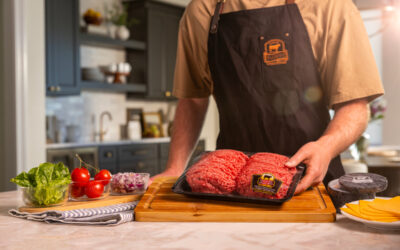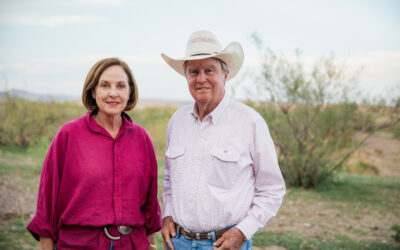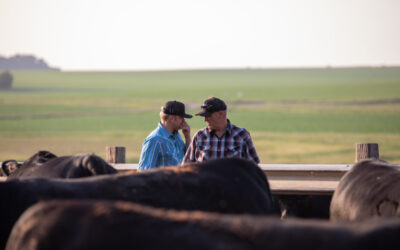
Not there yet
Turns out 12 miles is a really long way when there’s the anticipation of a playdate.
But I get it. I like that sense of accomplishment when I’ve “made it.” I’m a list maker and nothing feels better than putting a line through completed items.
I understand why it’s tempting for cattlemen to ask, “Do we have enough quality? Can we start selecting for something else?”
Not yet, says the data.
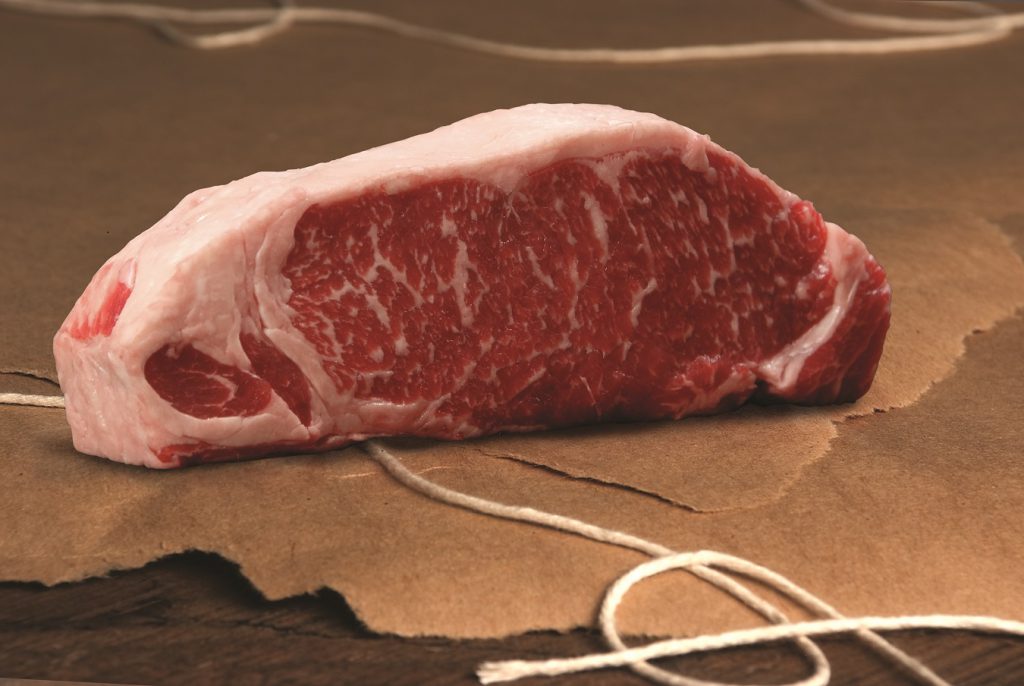
Let’s take just take the Prime grade for example. For the last decade, the average annual spread between Select and Prime ranged from $25 to $50/cwt., averaging $35 for 2016—all while cattlemen produced more of it.
During the last half of that period, weekly Prime production on a carcass-weight basis rose 8.9 million pounds, from 13.7 million pounds per week in 2012 to 22.6 million in 2016.
While working on an article about the whole category of Prime, I talked with producers, packers and distributors.
The cattlemen knew they could make more money by aiming for that highest target, while those in the direct business of keeping consumers happy said the same. The more of that beef they had to sell, the better.
“I don’t see a time in my lifetime when Prime’s not a big premium. I just don’t see it,” a packer told me, as his cohort added, “that’s the highest demanded product we see.”
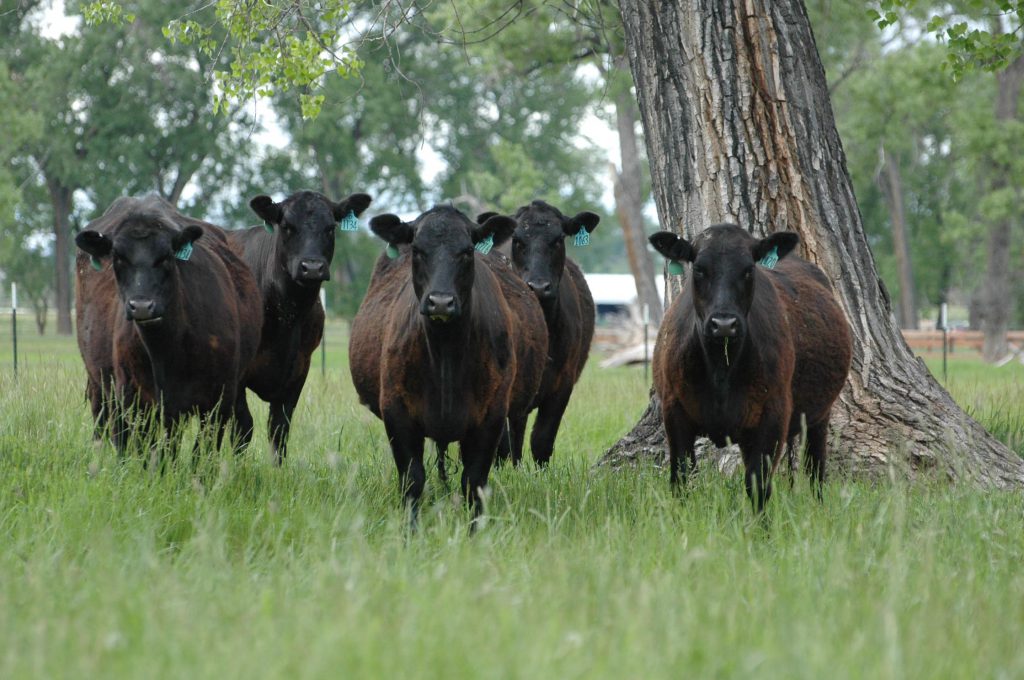
When you can select for marbling and not hurt any other traits, as research says we can, why wouldn’t you?
If you’re making your own list, I suggest you set high goals like, “Get 20% Prime.” When you reach that, try to best your personal best.
Just imagine how satisfying it’ll be to cross that off…only to set the bar even higher.
May your bottom line be filled with black ink,
Miranda
P.S. The first in this series on Prime recently came out in the May Angus Journal. Check your mailboxes and get the whole scoop!
You may also like
Success, Despite Challenges
Today’s market is complex and competitive. The collective effort of stakeholders across the supply chain positions Certified Angus Beef to meet the record demand for premium beef moving forward. Signals across the beef industry are clear and Angus farmers and ranchers seeking high-quality genetics that deliver premium beef are producing a product in high demand.
An Unforgiving Land
What makes a ranch sustainable? To Jon, it’s simple: the same family, ranching on the same land, for the last 140 years. The Means family never could have done that without sustainability. Responsible usage of water, caring for the land and its wildlife, and destocking their herd while the land recovers from drought.
System Over Scale
For Dallas Knobloch, it’s not about being the biggest feedyard—it’s about building a high-quality system that works. Today, with Tory’s wife Sadie and daughter Ivy, the Knobloch family owns and operates 4K Cattle. They feed 2,500 cattle at eight locations within 10 miles of home, manage 1,000 acres of crops and run a 125-head cow herd, all near Hills, Minn.

